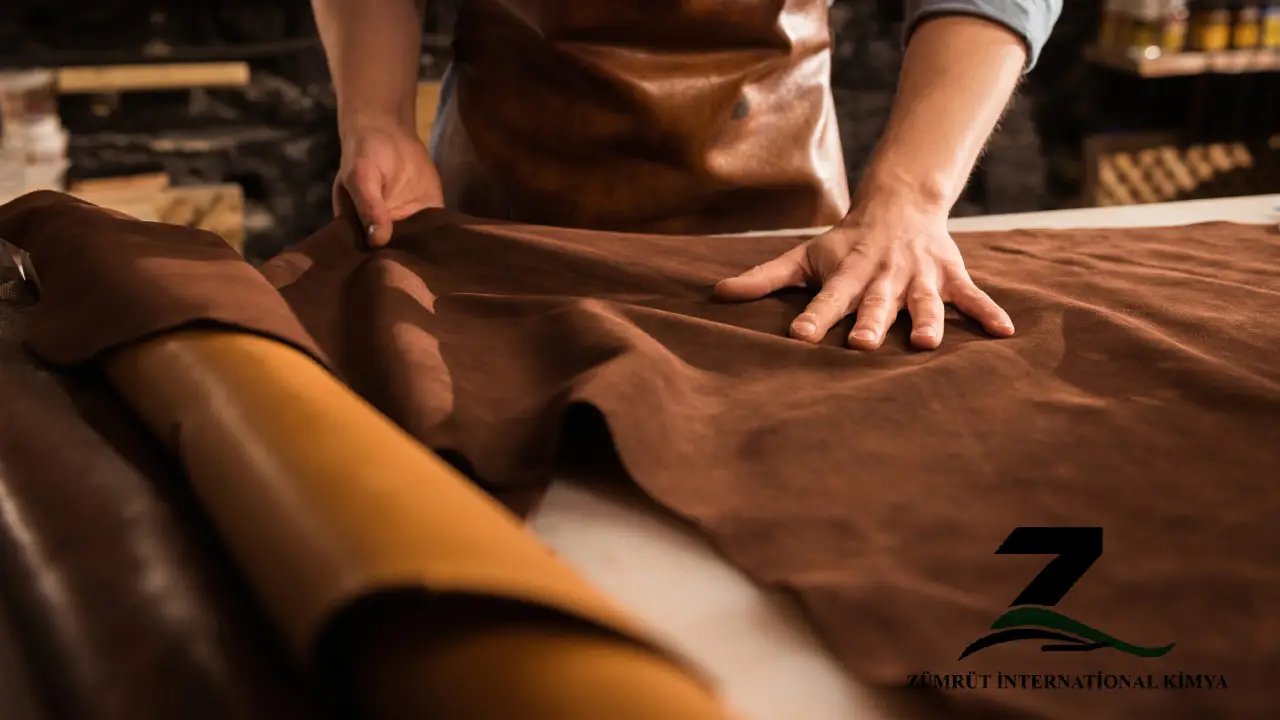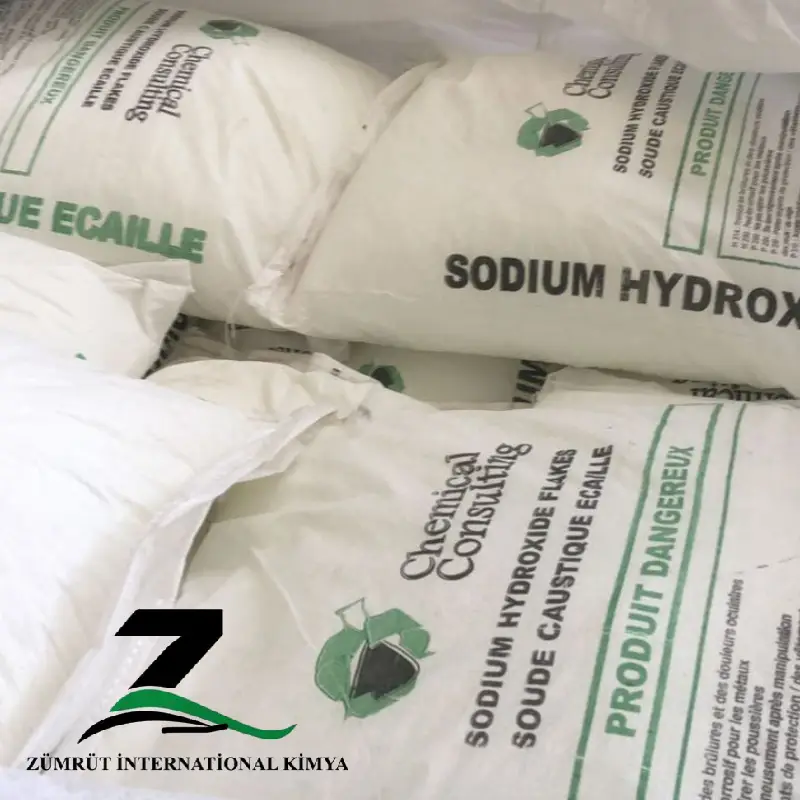
The Role of Caustic Soda in Leather Tanning
Tanning is a critical step in leather production, transforming raw animal hides into durable and usable leather products. Caustic soda (sodium hydroxide, NaOH) plays a significant role in several stages of the tanning process due to its strong alkalinity and reactivity. It aids in preparing the hides, removing impurities, and optimizing the leather’s quality for subsequent treatments.
Souse and soaking
Caustic soda in tanning
At this stage, the skin will soda from salt.
Coldwater is passed through the soda salt skin and the salt dissolves in water.
With this, the skin becomes aqueous.
In this process, some proteins in the skin are removed from the skin with blood and other water-soluble proteins. The exit of these proteins increases the quality of the skin.
At this stage, antibacterial agents (often chlorine compounds) are commonly used.
And, substances such as sodium sulfide (S2Na) or sodium tetrasulfide (4 s2Na) can be used in water.
Until the root of the hair becomes loose. then, water-soluble proteins are removed from the skin, the skin returns to its natural state by absorbing water.
And it will be ready for the next steps.
Caustic soda (sodium hydroxide, NaOH) plays a pivotal role in leather manufacturing, contributing to various stages of processing animal hides into durable and high-quality leather. Below is an overview of how caustic soda is applied in leather manufacturing:
- Dehairing Process
Purpose: To remove hair and epidermal layers from animal hides.
Role of Caustic Soda: Its strong alkaline properties help break down keratin in hair, facilitating efficient hair removal without damaging the underlying hide structure. - Liming Stage
Purpose: To prepare hides for tanning by opening up the fibrous structure and removing unwanted proteins.
Role of Caustic Soda: Used alongside lime, it swells the hides, making them more receptive to further chemical treatments. - Degreasing
Purpose: To eliminate fats and oils from the hide surface.
Role of Caustic Soda: Helps break down grease, ensuring a clean surface and uniform processing in subsequent stages. - pH Control and Neutralization
Purpose: To regulate acidity and alkalinity in various leather processing solutions.
Role of Caustic Soda:
Adjusts pH levels during liming and dehairing.
Neutralizes acidic byproducts left after tanning, stabilizing the leather for further treatments. - Deliming
Purpose: To remove lime residues before enzymatic treatments.
Role of Caustic Soda: Aids in deliming, ensuring an even and controlled removal process, which softens the hide and makes it pliable. - Post-Tanning Cleaning
Purpose: To enhance the final product’s quality.
Role of Caustic Soda: Used in cleaning solutions to remove impurities and stabilize the leather’s chemical composition.

Benefits of Using Caustic Soda in Leather Manufacturing
- Efficiency: Accelerates key processes like dehairing and deliming.
- Versatility: Offers precise control over chemical reactions, tailoring the process to specific leather qualities.
- Cost-Effectiveness: Readily available and economically viable compared to alternatives.
Safety and Environmental Considerations
- Handling: Caustic soda is corrosive and requires personal protective equipment (PPE) such as gloves, goggles, and protective clothing.
- Disposal: Must be neutralized before disposal to prevent harm to the environment and comply with wastewater treatment regulations.
- Eco-Friendly Alternatives: Some manufacturers are exploring greener solutions to reduce dependence on harsh chemicals like caustic soda.


